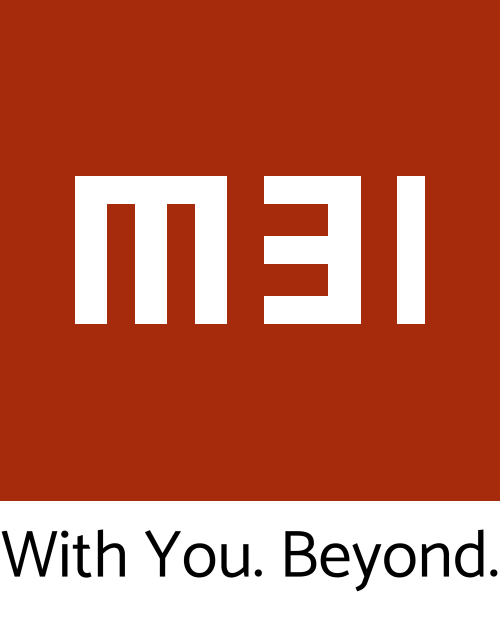
Description
The primary objective of this project is to analyze and optimize the Bill of Materials (BOM) for an existing electronic card. This involves a comprehensive review of all components used in the card’s design to reduce costs, replace obsolete components, and improve overall efficiency without compromising performance. By addressing these areas, the project ensures that the electronic card remains competitive, scalable, and reliable for future production.
Why This Optimization is Needed
Optimizing the BOM is essential for maintaining a product’s quality, cost-effectiveness, and manufacturability. The current BOM of the electronic card presents several challenges:
- Obsolete Components:
Many components may be nearing end-of-life or have already been discontinued. Sourcing these parts becomes increasingly difficult, leading to delays in production and higher procurement costs. Additionally, obsolete components often lack the efficiency and performance of modern alternatives. - High Costs:
Certain components in the BOM are unnecessarily expensive due to outdated specifications or limited supplier options. Without optimization, these costs can significantly reduce profitability and make the product less competitive in the market. - Scalability Concerns:
As production scales, the limitations in the current BOM can create bottlenecks. For example, suppliers may not be able to meet larger production demands for specific components, leading to production delays or increased costs for alternate sourcing. - Performance Risks:
Outdated components may negatively impact the card’s performance, reliability, or energy efficiency. This could result in higher failure rates, increased warranty claims, or diminished customer satisfaction.
By addressing these issues, the project ensures that the BOM is modernized, cost-effective, and aligned with the company’s goals for scalability and reliability.
Expected Benefits of This Project
- Cost Savings: Significant reductions in production costs without compromising quality.
- Enhanced Reliability: Updated components ensure the board performs reliably under diverse conditions.
- Future-Proofing: The updated BOM eliminates the risk of obsolescence and prepares the product for long-term scalability.
- Improved Competitiveness: The optimized BOM makes the product more attractive in the market, both in terms of pricing and performance.
How We Plan to Achieve It
The project will follow a structured four-phase approach, with each phase addressing a critical aspect of BOM optimization:
Phase 1: Current BOM Analysis
Understand the existing BOM thoroughly and identify areas for improvement.
- Review the entire list of components, including resistors, capacitors, ICs, connectors, and other parts.
- Check for components that are obsolete, nearing end-of-life, or difficult to source.
- Compare the cost of each component against market alternatives.
- Identify components that are overly costly or inefficient.
Phase 2: Cost Reduction and Component Research
Develop cost-effective solutions while ensuring the components meet quality and performance standards.
- Research alternative components with equivalent or superior specifications.
- Consult supplier databases (e.g., Digi-Key, Mouser) to find more affordable and readily available replacements.
- Analyze the potential cost savings from replacing specific components.
- Ensure that alternative components comply with the required certifications and standards (e.g., RoHS).
Phase 3: Component Upgrades and Implementation
Replace outdated components with modern alternatives and update the BOM accordingly.
- Replace obsolete components with updated, higher-performing ones.
- Validate the physical and functional compatibility of the new components with the existing PCB design
- Update the BOM document to include new part numbers, suppliers, and pricing.
- Communicate with the design and production teams to ensure a seamless transition.
Phase 4: Performance Verification and Documentation
- Ensure that the updated BOM maintains or enhances the performance and reliability of the electronic card. Document the results obtained.
Project Timeline
- Phase 1 (Current BOM Analysis): 40–60 hours
- Phase 2 (Cost Reduction and Component Research): 70–90 hours
- Phase 3 (Component Upgrades and Implementation): 100–120 hours
- Phase 4 (Performance Verification and Documentation): 40–50 hours
Total Time: 250–320 hours
